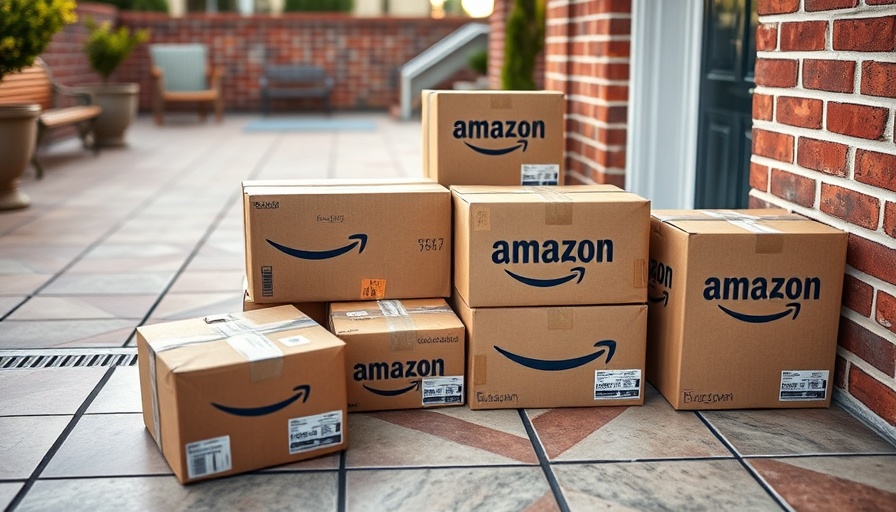
Working While Driving: The Future of Commuting?
The concept of remote work has transformed significantly over the past few years, recently evolving to include working from an unlikely setting: your car. As Mercedes-Benz partners with Microsoft, they’re set to introduce features that permit hands-free operation of Microsoft Teams while behind the wheel, a move that raises an essential question: Is this innovation genuinely beneficial, or could it be opening a Pandora's box of distractions?
Who Asked for These Features?
While the automotive industry has already begun to integrate technology into vehicles, the addition of full-scale office capabilities seems to tread into uncharted territory. For many consumers, particularly homeowners who have adapted to remote work, the idea of satellite offices that double as cars may pose more concerns than conveniences. The introduction of an enhanced Microsoft Teams app in vehicles such as the new Mercedes CLA invites skepticism from those who value safety over productivity on the road.
Key Features and Their Implications
The new CLA will boast several impressive functionalities. Beyond simple voice calls, the ability to use built-in cameras for video calls while driving represents a significant shift in how work can be conducted. Potentially allowing drivers to manage meetings—complete with video streaming—might add to productivity. However, it raises urgent safety concerns.
Mercedes-Benz claims compliance with safety regulations and highlights features like video stream auto-off to mitigate distractions. Yet, can users truly disengage from video calls when on the road? Critical assessments on the impact of multitasking while driving suggest that this move could increase the risks associated with distracted driving.
Social Connection: The Value and Risks
In our fast-paced world, the idea of blending work and travel might appeal to busy homeowners who are balancing demanding roles. Integrating family time with work commitments has never been more vital. However, there’s a fine line between maintaining connectivity and compromising personal and vehicular safety.
The potential for terrified young drivers or anxious adults who feel encapsulated by constant connectivity raises questions regarding mental health and societal norms. Are we at risk of losing our ability to simply ‘drive’ without the burden of additional responsibilities?
Safety Standards Versus User Reality
As attractive as the notion of a mobile office may seem, the reality of adding more screens and features when driving deserves careful consideration. Car manufacturers, including Mercedes, assert compliance with existing safety laws. Still, enforced distractions could lead to more accidents, especially among inexperienced drivers.
With societal conversations around distracted driving growing in depth, will there come a point where the implications of integrating such technology outweigh the advantages? Homeowners, prioritizing family safety, must weigh the offerings against potential risks.
Conclusion: Innovating Mindfully
As technology continues to evolve rapidly, and working from anywhere becomes a norm, it’s crucial for consumers to engage in conversations about how to strike a balance between convenience and safety. While advances like the integration of Microsoft Teams in Mercedes vehicles offer impressive potential, the risks associated with distracted driving highlight a need for mindful innovation. Facing this new landscape, consumers and manufacturers alike must prioritize safety to fully embrace the benefits of modern mobility.
 Add Row
Add Row  Add
Add 




Write A Comment